Irrigation changes lives for Goromonzi farmers
Nature and ManZW Team
Jul 21, 2025
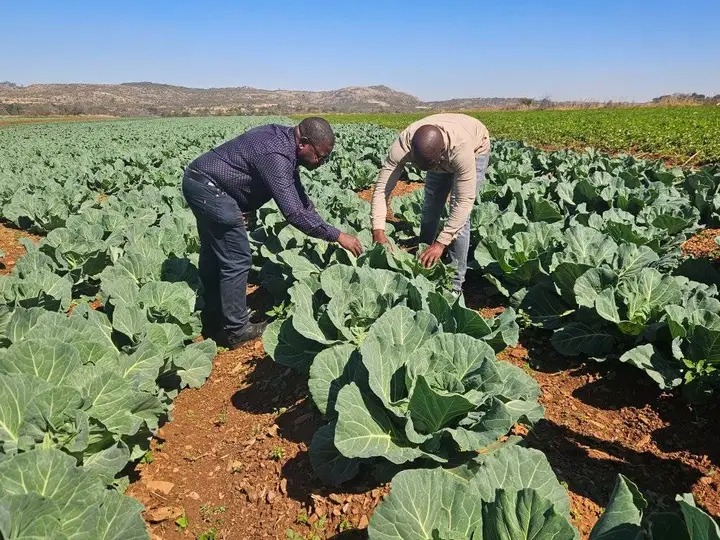
Nature and ManZW Team
Jul 21, 2025

Sharleen Mohammed
For many years, much of Goromonzi’s farmland lay idle for months, waiting for rain that often came too late or didn’t come at all. For smallholder farmers like Mrs. Tariro Mudzamiri, growing vegetables for the market was a constant gamble. “We could go for weeks without a single drop of rain. You’d plant, then watch everything wither,” she recalls.
Like many farming communities across Zimbabwe, Goromonzi had become a victim of changing climate patterns, especially the recent El Niño-induced drought, which hit hardest where farming depended solely on rainfall. The result? Lower yields, rising food insecurity, and economic hardship for families who rely on the land to survive.
But that reality is now changing—thanks to a new push by the government to scale up irrigation-driven horticulture across the country.
During a recent tour of Ruago Farm in Goromonzi, Permanent Secretary Professor Obert Jiri reaffirmed government’s renewed focus on irrigation as the “bedrock” of Zimbabwe’s food production future. “Rainfed farming is no longer reliable. If we are to feed our nation and grow our economy, irrigation must lead the way,” he said.
This shift gained momentum following the Irrigation Investment Conference held on July 5, where President Emmerson Mnangagwa led calls for private players to invest in climate-resilient irrigation solutions. And the response, says Professor Jiri, has been encouraging. “We already have companies rolling out infrastructure on the ground. What we discussed is turning into action.”
The target is ambitious: grow irrigated horticultural land from the current 10,000–15,000 hectares to 35,000 hectares under the Vision 2030 Accelerator Model’s Village Business Units. If achieved, this could triple the nation’s horticultural productivity, boosting exports and incomes in the process.
At Ruago Farm, the impact is already visible.
Rows of lush green vegetables stretch across the once-parched landscape. Tomatoes, rape, and even high-value crops like blueberries, avocados, and pecan nuts are now thriving thanks to steady water supplies powered by drip and pivot irrigation systems. What used to be risky, seasonal farming is fast becoming a dependable, year-round business.
For Mrs. Mudzamiri and other local farmers, the benefits are personal. “Now we plant even in the dry season. My children are back in school, and I’ve started saving for a small truck to take produce to town,” she says proudly.
The change is not just about food it's about dignity, stability, and opportunity.
Professor Jiri says the government will continue working closely with development partners and local communities to expand this model to more areas. “This is how we build food security everywhere, every day.”
As the sun sets over Ruago Farm, farmers walk through their neat fields, inspecting tomorrow’s harvest. The future may have once seemed uncertain. But with water in the pipes and crops in the soil, Goromonzi is growing again this time for good.
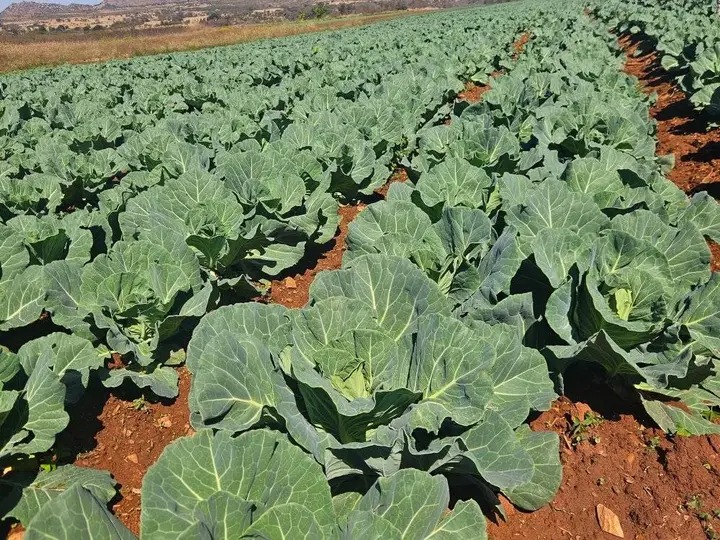
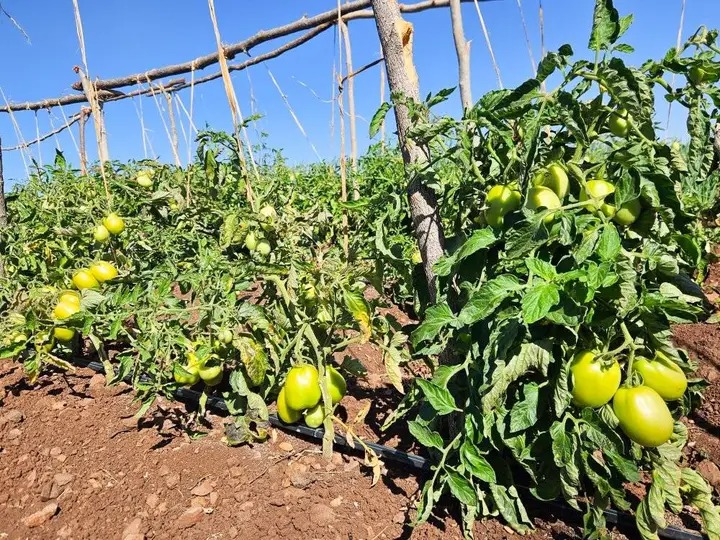
In the arid lands of Kasikili Jabula, Ward 55 in Hwange District, hope is growin...
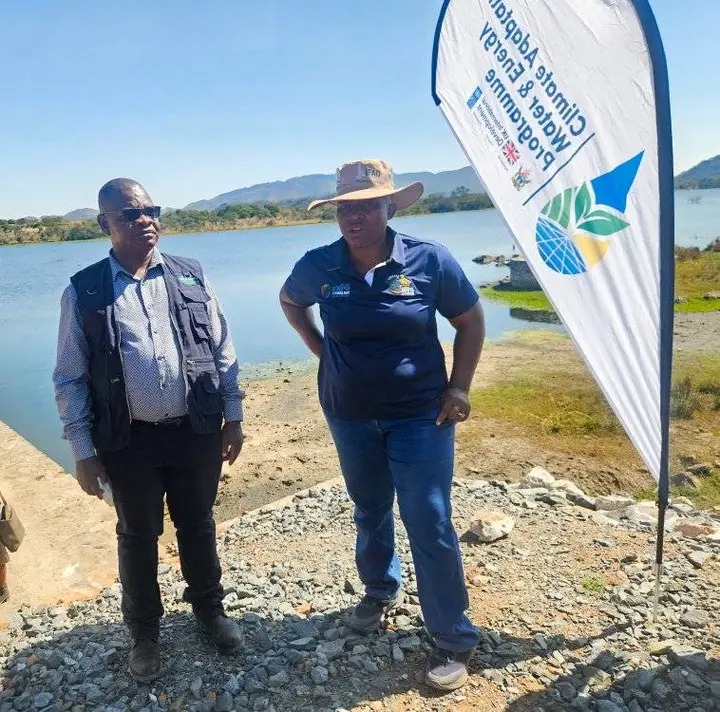
n Insiza District, the daily struggle for water once dimmed dreams of education,...
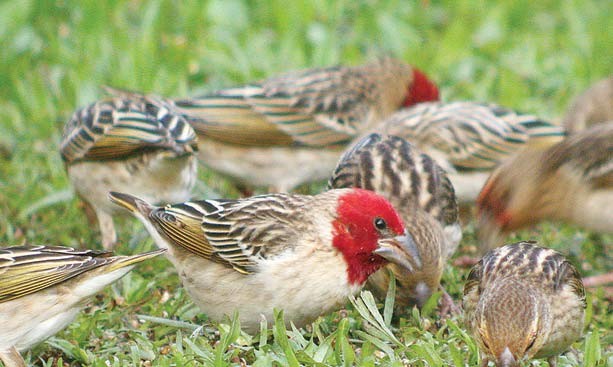
Zimbabwe is taking early, coordinated action to protect its wheat crop from dest...
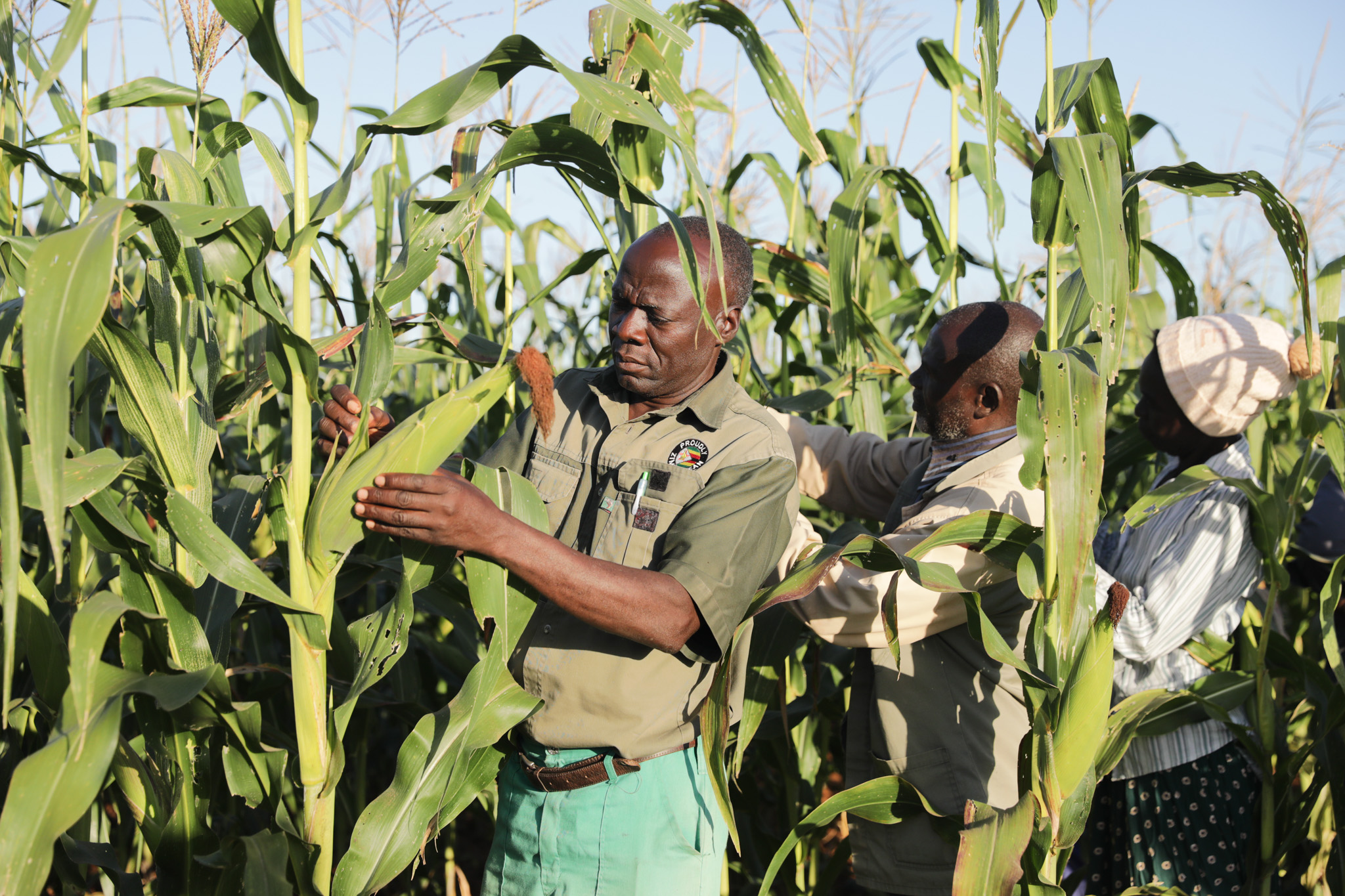
From bushland to breadbasket: Pikinini Jawanda’s transformation into a thriving,...